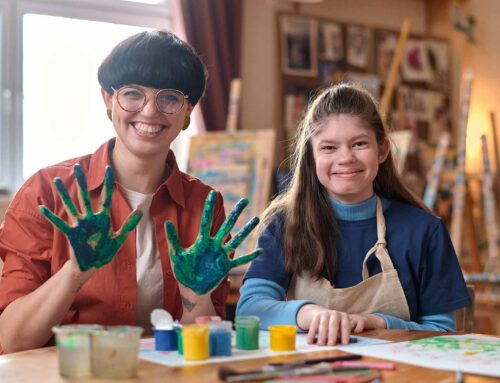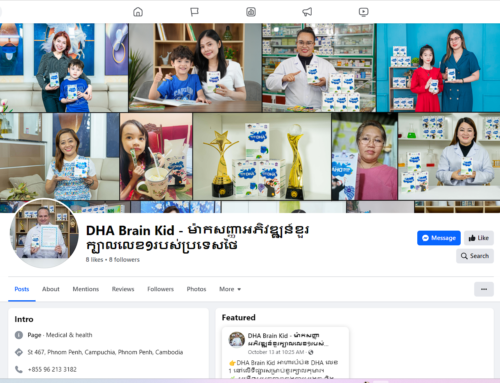Special education is a field of education that provides specialized instruction and support to students with disabilities. The goal of special education is to help all students reach their full potential, regardless of their abilities.
The foundations of special education are the principles and concepts that guide the field. These foundations include:
- The history of special education
- The laws and regulations that govern special education
- The different types of disabilities
- The process of assessment in special education
- The different types of interventions that can be used in special education
- The importance of transition planning
- The role of advocacy in special education
The History of Special Education
The history of special education is long and complex. The first schools for students with disabilities were established in the early 1800s. These schools were often based on the belief that students with disabilities were incapable of learning and should be segregated from the general population.
In the late 1800s, there was a growing movement to educate students with disabilities in the public schools. This movement was led by pioneers such as Édouard Séguin and Maria Montessori. These educators believed that all students, regardless of their abilities, could learn and should be given the opportunity to do so.
In the 1970s, the passage of the Education for All Handicapped Children Act (now known as the Individuals with Disabilities Education Act) ushered in a new era of special education. This law guaranteed all students with disabilities the right to a free and appropriate public education.
Laws and Regulations in Special Education
The Individuals with Disabilities Education Act (IDEA) is the main law that governs special education in the United States. This law guarantees all students with disabilities the right to a free and appropriate public education (FAPE).
The IDEA also outlines the specific requirements for special education, including:
- The identification and evaluation of students with disabilities
- The development of individualized education plans (IEPs)
- The provision of special education and related services
- The least restrictive environment
- Procedural safeguards
Types of Disabilities
There are many different types of disabilities that can qualify a student for special education. These disabilities include:
- Learning disabilities
- Intellectual disabilities
- Communication disorders
- Autism spectrum disorder
- Emotional disturbance
- Other health impairments
- Multiple disabilities
Assessment in Special Education
The assessment process is used to determine if a student is eligible for special education. The assessment process typically includes a variety of tests and evaluations, such as:
- Intelligence tests
- Achievement tests
- Adaptive behavior scales
- Functional behavioral assessments
Intervention in Special Education
There are many different types of interventions that can be used in special education. These interventions are designed to help students with disabilities learn and succeed in school.
Some common types of interventions include:
- Individualized instruction
- Small group instruction
- Peer tutoring
- Computer-assisted instruction
- Behavior modification
Transition Planning
Transition planning is the process of helping students with disabilities prepare for life after high school. This includes planning for post-secondary education, employment, and independent living.
Advocacy in Special Education
Advocacy is the act of speaking up for the rights of people with disabilities. Advocates can help students with disabilities get the services they need and ensure that they are treated fairly.
Conclusion
The foundations of special education are the principles and concepts that guide the field. These foundations are essential for understanding and providing effective special education services to students with disabilities.
If you are interested in learning more about the foundations of special education, there are many resources available online and in libraries. You can also talk to a special education teacher or other professional who works with students with disabilities.





